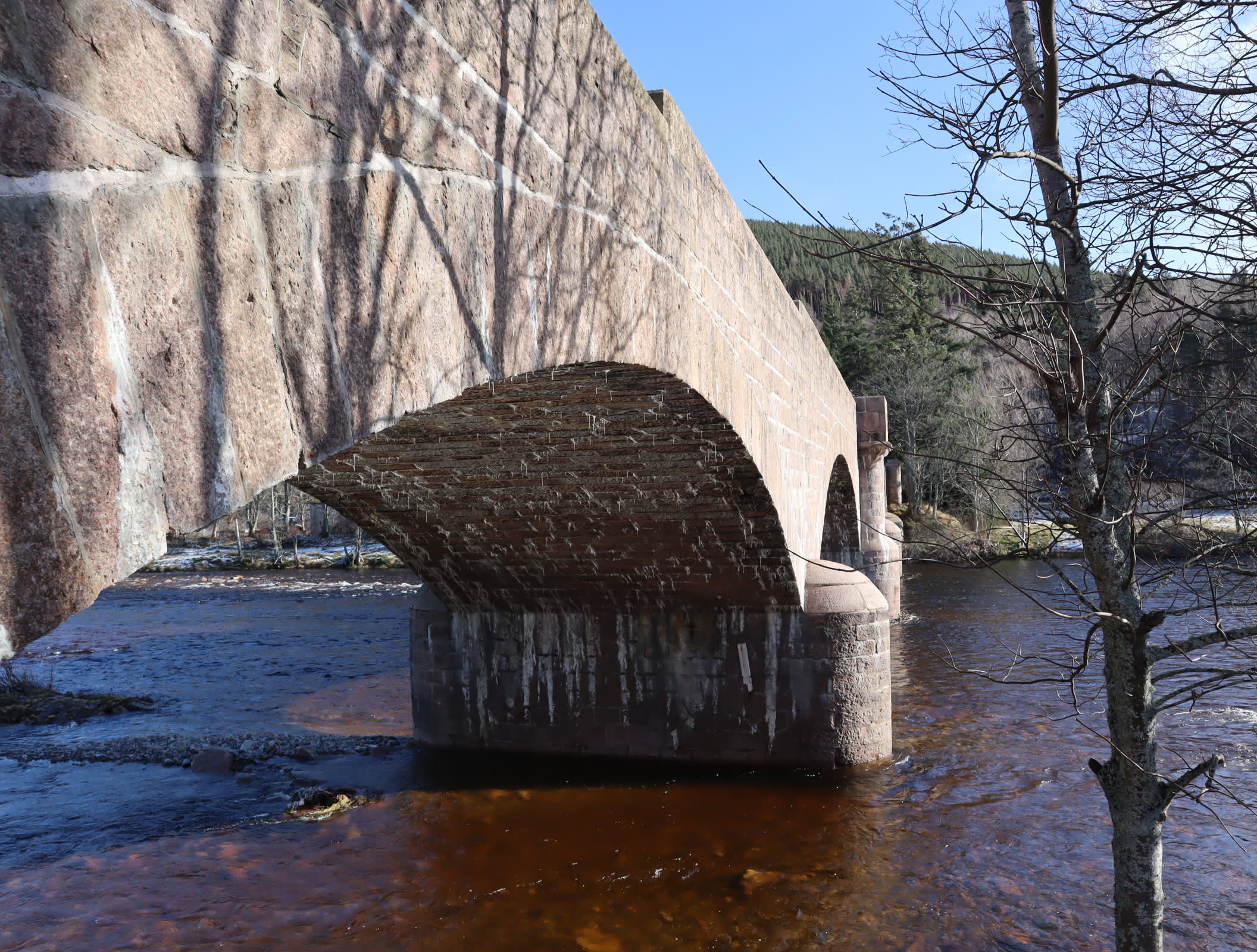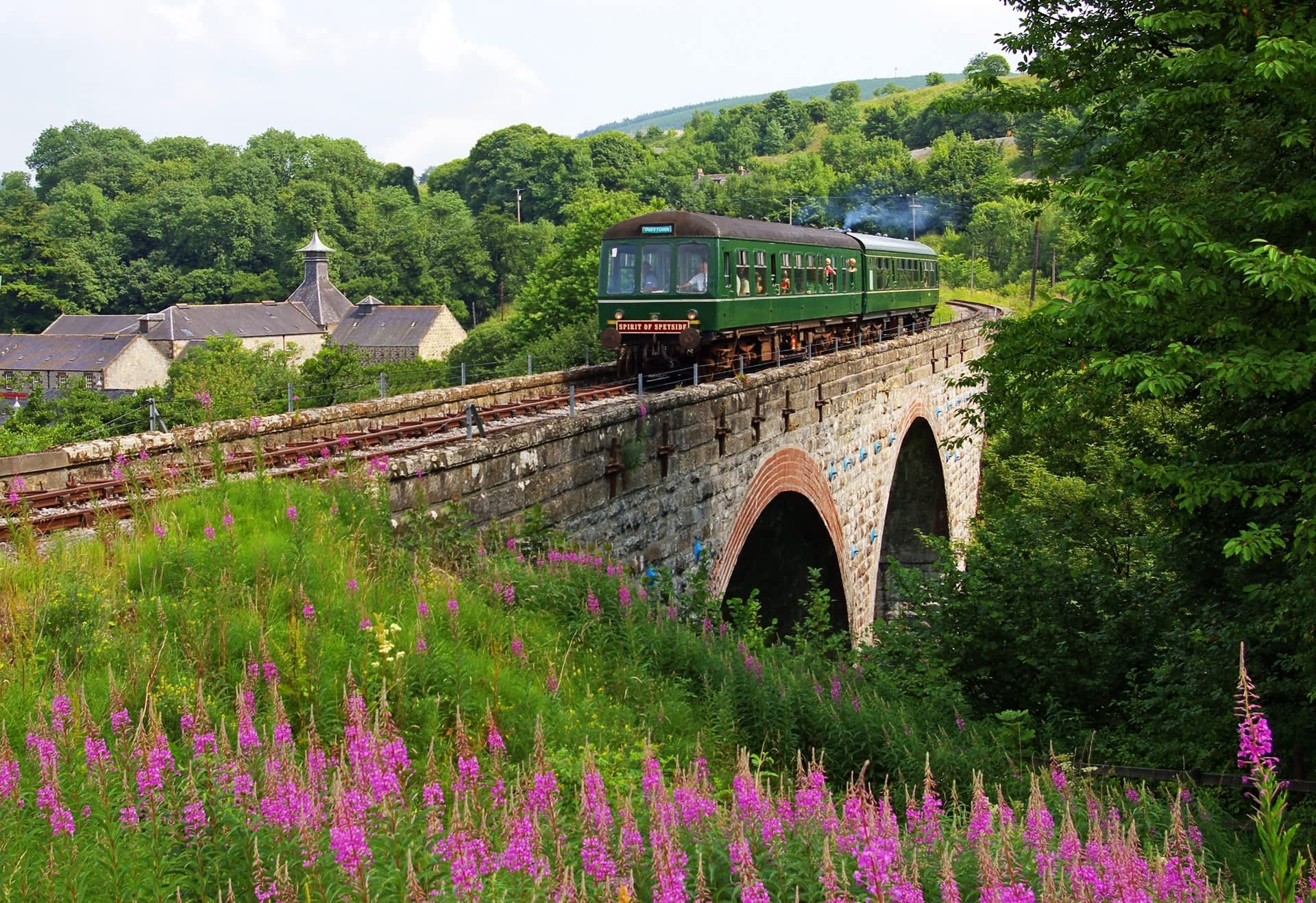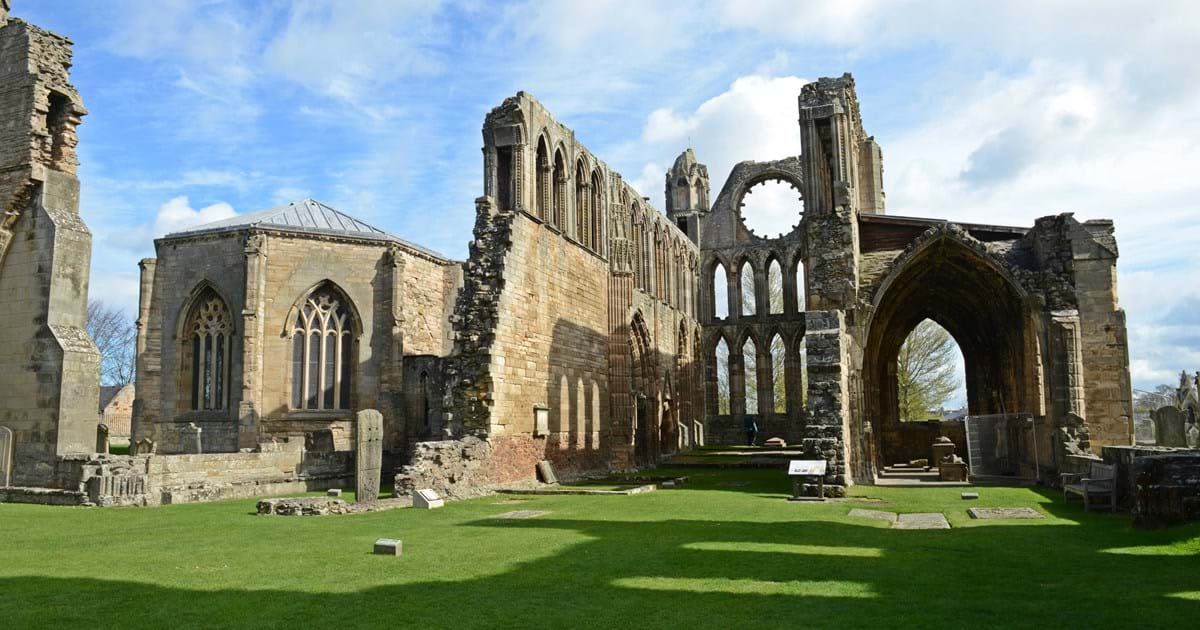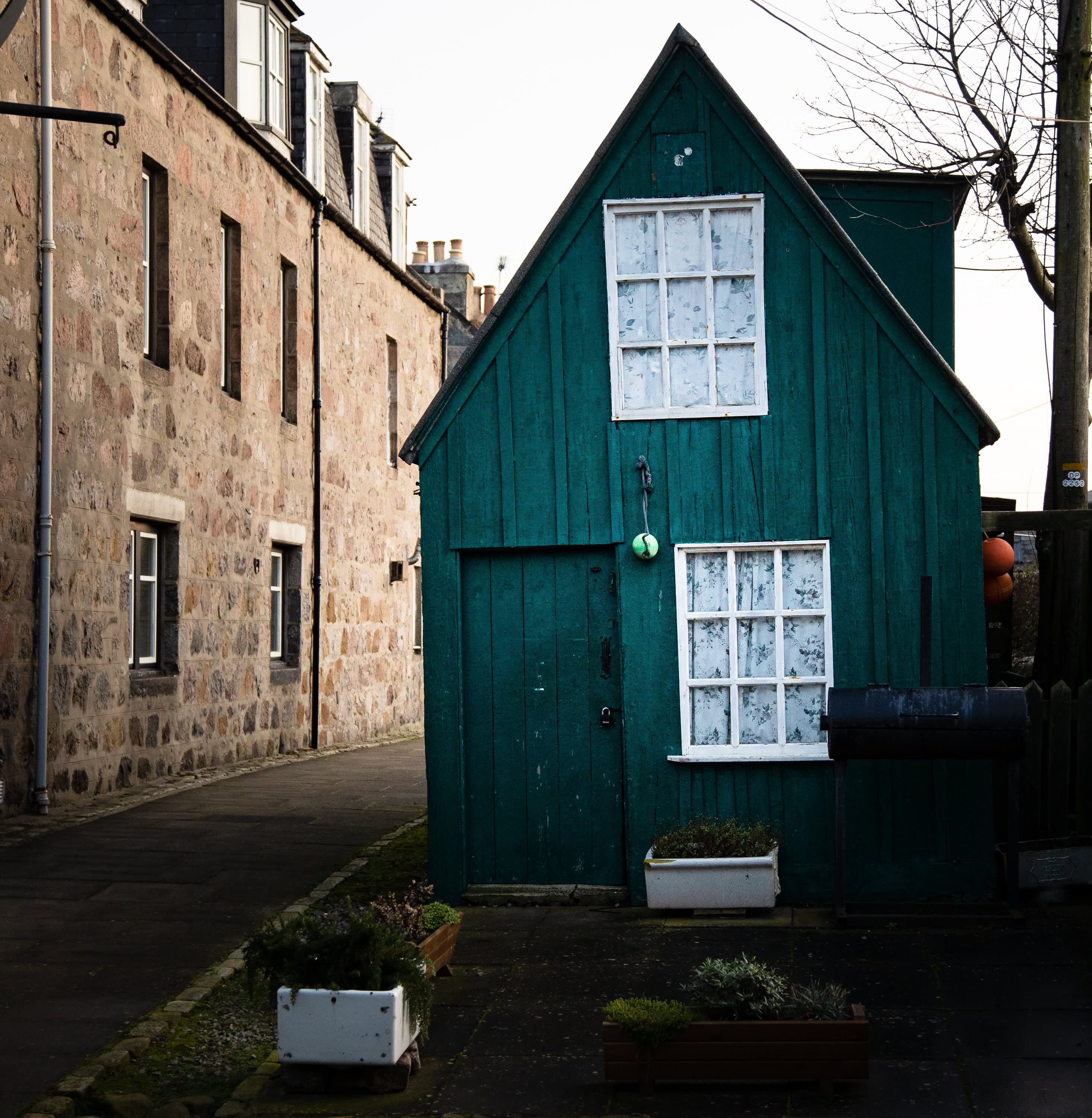
An Aberdeenshire Adventure
 Graham Grieve
Graham Grieve8 min read
Aberdeenshire has a beautiful coastline with sandy beaches and fishing settlements. This rich farming and moorland area is noted for its Angus beef and well-preserved castles. The valley of the River Spey is flanked by world-famous whiskey distilleries and popular tourist attractions. "Bothy ballads" were initially performed by agricultural labourers in Aberdeenshire's Doric dialect. Doric is more evocative than English, and many local authors still use it today. This post explores a 4 day long weekend in Aberdeenshire, exploring Ballater and Royal Deeside, Dufftown and Scotland's prime whisky valley, Hopeman, Lossiemouth & Elgin before, finishing up with a day in Aberdeen itself: Day 1 Ballater Day 2 Dufftown Day 3 Hopeman, Lossiemouth & Elgin Day 4 Aberdeen
Day 1 – Ballater and Royal Deeside

Day 1 – Ballater and Royal Deeside - Featured accommodation
On your first day, drive to Ballater. This is where the Queens Balmoral Estate is situated, and you get a real sense of grandeur when visiting here. You can approach Ballater from the A9 if travelling from Scotland's central belt, driving straight up to Aberdeen(ish), then cut across to Ballater. This is boring, however. The really exciting way is to come up through Glenshee and through Braemar. Either way, Ballater has a lot to offer. Ballater is a Victorian town in Royal Deeside, near the Cairngorms National Park. It is 69km west of Aberdeen and 13km from Balmoral Castle, the Queen's holiday house. Ballater was part of the Knights of St John's holdings in the early 14th century, but the community didn't emerge until 1770. Firstly, as a spa resort for visitors to the Pannanich Mineral Well on the other side of the River Dee, and then once the railway arrived in 1866, many tourists took advantage of the quick access. Ballater railway station closed in 1966 but was used as a tourist centre until 2015. The station burned in May 2015, but reconstruction is now complete, and it is open as a visitor centre with a tourist information, library, and café. The town centre is a conservation area with Victorian-era structures.
Day 2 – Dufftown & Speyside

Day 2 – Dufftown & Speyside - Featured accommodation
On day 2, drive from Ballater to Dufftown. The drive takes just over an hour and passes through the heart of the Speyside whiskey region. Here, some of the world's most renowned whiskies are produced. The Dufftown hamlet is in Speyside, north-east Scotland, on the River Fiddich and Dullan Water at the foot of the Conval Hills. Dufftown features broad, regular streets like other Victorian villages. The Clock Tower - finished in 1839 - was formerly the local prison although it now sits abandoned. The Whiskey Museum presently houses the Visitor Information Point. Dufftown runs on whiskey. Without whiskey, Dufftown couldn't call itself the "Malt Whiskey Capital of the World". Dufftown and the surrounding regions are gorgeous parts of the Highlands and a great place to escape the stresses of modern life.
Day 3 – Hopeman, Lossiemouth & Elgin

Day 3 – Hopeman, Lossiemouth & Elgin - Featured accommodation
Day 3 is a big one. From Dufftown, travel directly to Hopeman on the coast, bypassing Elgin (we'll return to it later in the day). Have a wander about the beach at Hopeman before heading off to Lossiemouth for lunch and RAF fighter plane watching. End the day exploring Elgin. More details here..... Hopeman Hopeman is a Moray settlement two miles east of Burghead and five west of Lossiemouth with a lovely harbour and two beaches. Harbour Street has stores, a post office, and the Hopeman Village Tearoom & takeaway. Hopeman Harbour is down the hill. After silting in the early 1980s, Hopeman-owned vessels which were relocated to Lossiemouth. The port is popular with small pleasure ships, and it is intriguing to watch them navigate the complicated structure of piers and breakwaters. East and West Beaches are on each side of the harbour. The West Beach is sandier and has trailers between it and the settlement. East Beach has sand and rocks and bends to a rocky point. This beach has a rare sight: uniquely painted beach houses and a tiny pavilion. "Haste ye back" as they say in Scotland. Lossiemouth Lossiemouth is the Riviera of the North, with two beautiful beaches flanking the harbour. This coastal village rests on a rock with excellent views. The East Beach joins the town near the mouth of the River Lossie (where the town gets its name) and features gorgeous sandy beaches and sand dunes that extend the length of the beach. Both beaches are famous for swimming, surfing, and sandcastle-building. Lossiemouth has endless white-sand beaches. Lossie, a town of 7,000, is rising rapidly due to RAF investments and overflow from adjacent Elgin. Parallel to West Beach lies Moray Golf Club, a links course with 'Old Tom Morris's legacy'. The closeness to the RAF base means golfers may see takeoffs and landings. Elgin Elgin is located on the south shore of the Moray Firth between Inverness and Aberdeen and borders the River Lossie. The town has numerous attractive features, stunning landscapes and local distilleries, including Glen Moray, Gordon & MacPhail and Glen Elgin. Elgin Cathedral is located on North College Street. Once considered Scotland's most magnificent cathedral, rivalling St Andrews in magnificence, it is now nothing more than a shell. The Pictish cross slab and fractured gravestones with skulls and crossbones are unusual elements. The Elgin Museum has been at its High Street building since 1843.
picture credit: historic environment Scotland
Day 4 - Aberdeen

Day 4 - Aberdeen - Featured accommodation
Take the 1.5-hour drive from Elgin to Aberdeen on the final day, passing through Huntly and Inverurie. Aberdeen is northeast Scotland's oil hub. Oil money initially made the city as pricey as London, but recurring industrial downturns have lowered costs. The Maritime Museum and Aberdeen Art Gallery are free. Much of the city was constructed using silvery-grey granite from the now-abandoned Rubislaw Quarry, formerly Europe's largest artificial pit. When the low, grey rain clouds roll in from the North Sea, it is impossible to determine where the buildings finish and the sky starts. Old Aberdeen, with its cobblestone streets, mature trees, and 15th Century fortified cathedral - the location where Aberdeen's first University was established in 1495 – is one of two Old Towns. The other 'Old Town' is New Town, which was built in the 19th century. Another great place to visit is Footdee (also referred to as Fittie in the neighbourhood), a unique fishing district at the water's edge. It has squares of tiny cottages, flower-filled gardens, and brightly painted outhouses. The quirky decorations on the outhouses draw inspiration from the maritime spirit of the city. Please keep in mind that Fittie is mainly made up of residential buildings so when you visit be mindful of the residents need for privacy. Individuals working and studying in Aberdeen come from all over the globe, and their accents blend with the sound of the native Doric dialect, an original Scots language. Aberdeen is a global and connected area. It is a city that hasn't really been on anyones radar as a tourist destination until now. This all adds up to a metropolis entirely distinct from any other kind and a truly wonderful place to visit explore.
picture: Footdee
Featured in:
Featured Accommodations
Moray, Highlands, Scotland, UK Accommodations
Discover amazing camping and glamping sites in Moray, Highlands, Scotland, UK. Perfect for your next outdoor adventure.
Aberdeenshire, Scotland, UK Accommodations
Discover amazing camping and glamping sites in Aberdeenshire, Scotland, UK. Perfect for your next outdoor adventure.
Aberdeen Accommodations
Discover amazing camping and glamping sites in Aberdeen. Perfect for your next outdoor adventure.

